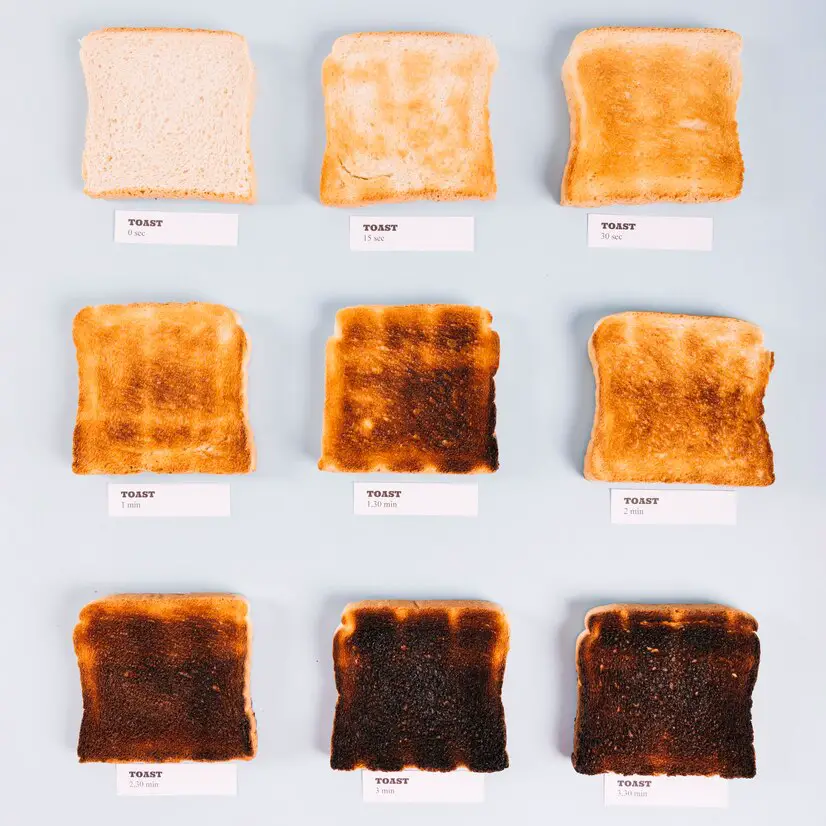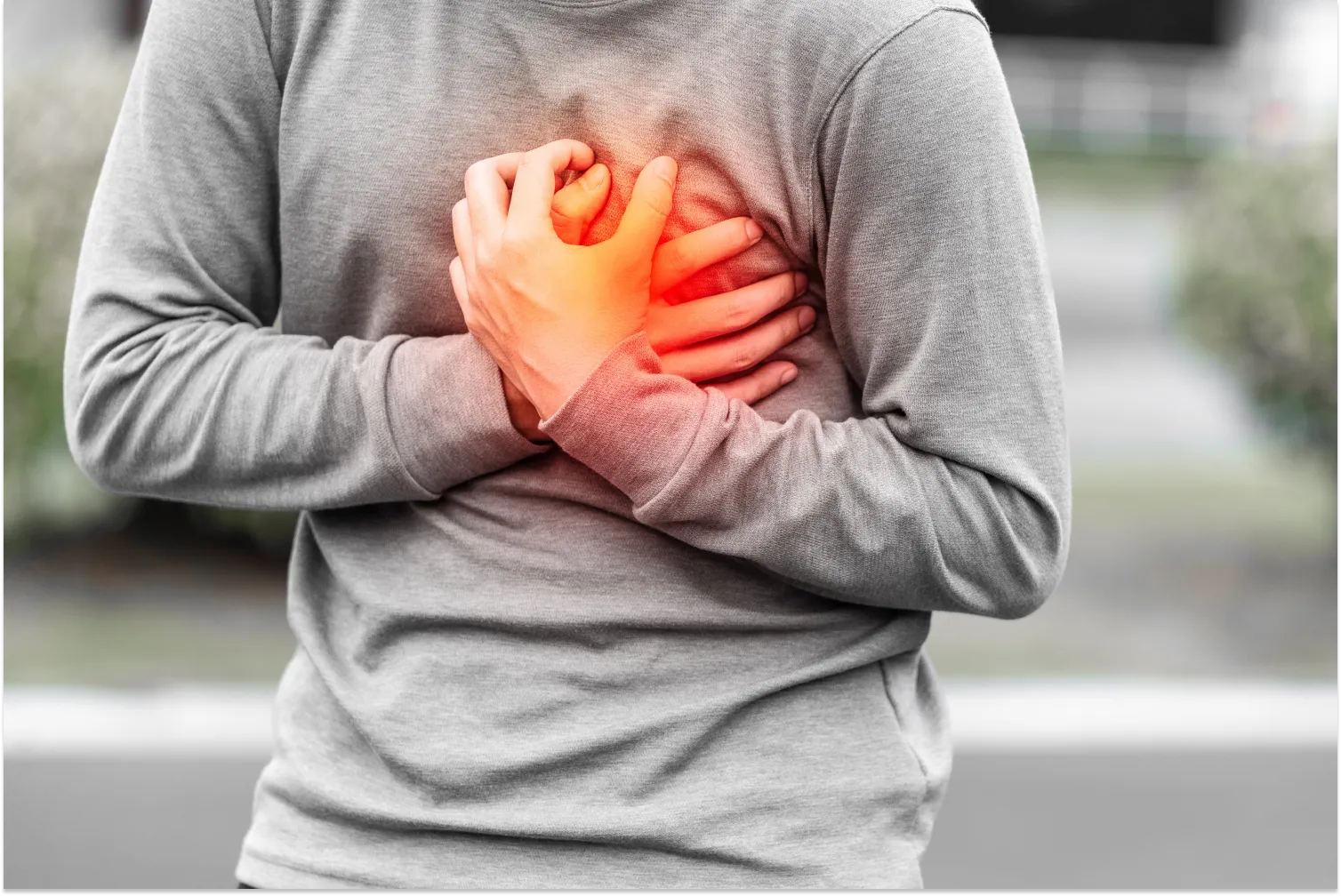Chemical in Popular Breakfast Food May Increase Heart Attack and Stroke Risk
A chemical commonly found in breakfast foods has sparked concern after a recent study linked it to a higher risk of heart attacks and strokes. Acrylamide, a substance that forms during cooking, may increase the likelihood of these cardiovascular emergencies by as much as 60%, researchers have warned.
Spanish researchers analyzed data from over 100,000 people across multiple studies dating back to 2007. Their findings, published in the Nutrients journal, revealed a link between acrylamide consumption and an increased risk of cardiovascular events, as well as higher mortality rates from conditions like heart attacks and strokes.
What Is Acrylamide?
Acrylamide is a chemical that forms in starchy foods, such as bread and potatoes, when they are heated during cooking methods like baking, frying, or roasting. Foods that are overcooked or burned, such as darkly toasted bread, tend to have particularly high levels of acrylamide—posing a concern for those who regularly include toast in their morning meals.

The study found that diets with higher levels of acrylamide exposure significantly increased the risk of cardiovascular death by 33% to 66%. For vulnerable populations, like those at risk for type 2 diabetes, the danger was even greater—showing up to an 84% increased risk of death from cardiovascular issues.
How Much Acrylamide Is in Your Food?
Professor Oliver Jones of RMIT University explained that an average slice of toast contains approximately 4.8 micrograms of acrylamide. Across the studies analyzed, daily acrylamide intake ranged from 32.6 to 57 micrograms, with negative cardiovascular outcomes observed at the higher end of the spectrum.
Acrylamide exposure doesn’t just come from ultra-processed foods; it’s also present in home-cooked and restaurant meals, even when using modern methods like air frying. This has made reducing acrylamide production a top priority for the food industry.
Minimizing Acrylamide Exposure
To reduce acrylamide intake, experts recommend avoiding burnt or overly browned foods. The NHS suggests aiming for a “golden yellow” color when toasting bread or frying potatoes.
Sir David Spiegelhalter of Cambridge University reassures that consuming acrylamide in moderation is not likely to cause immediate harm. He stated that one would need to eat 160 burnt slices of toast daily for a severe impact. However, following guidelines to limit exposure is still a sound approach.
